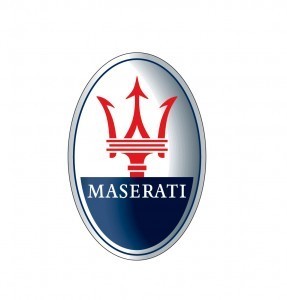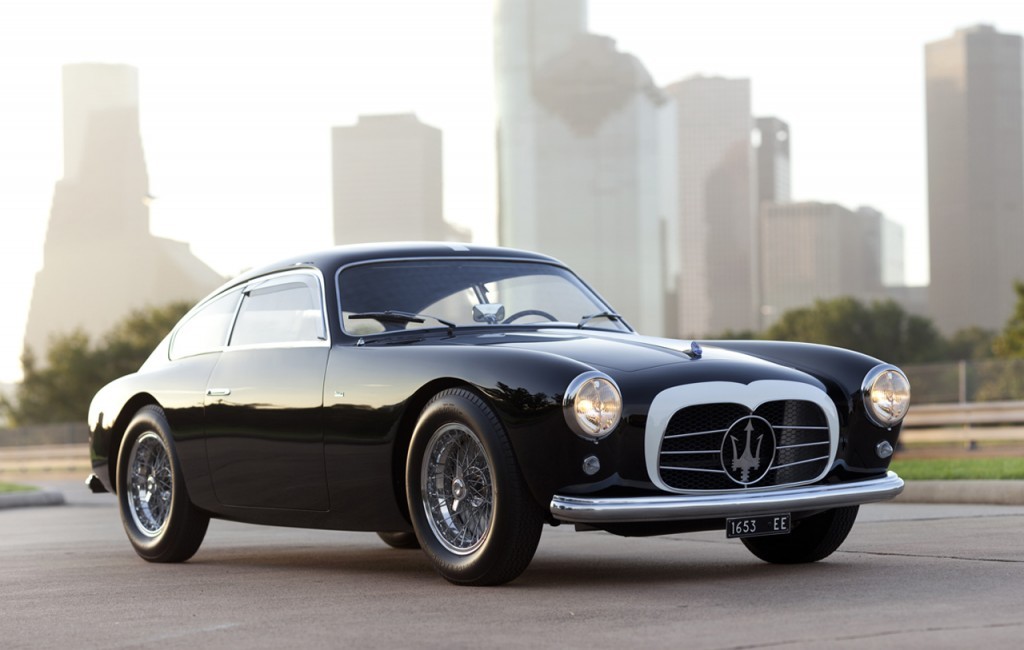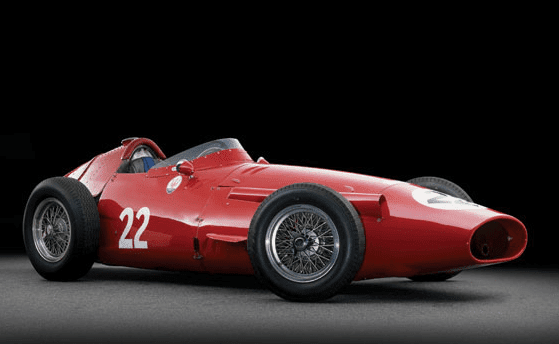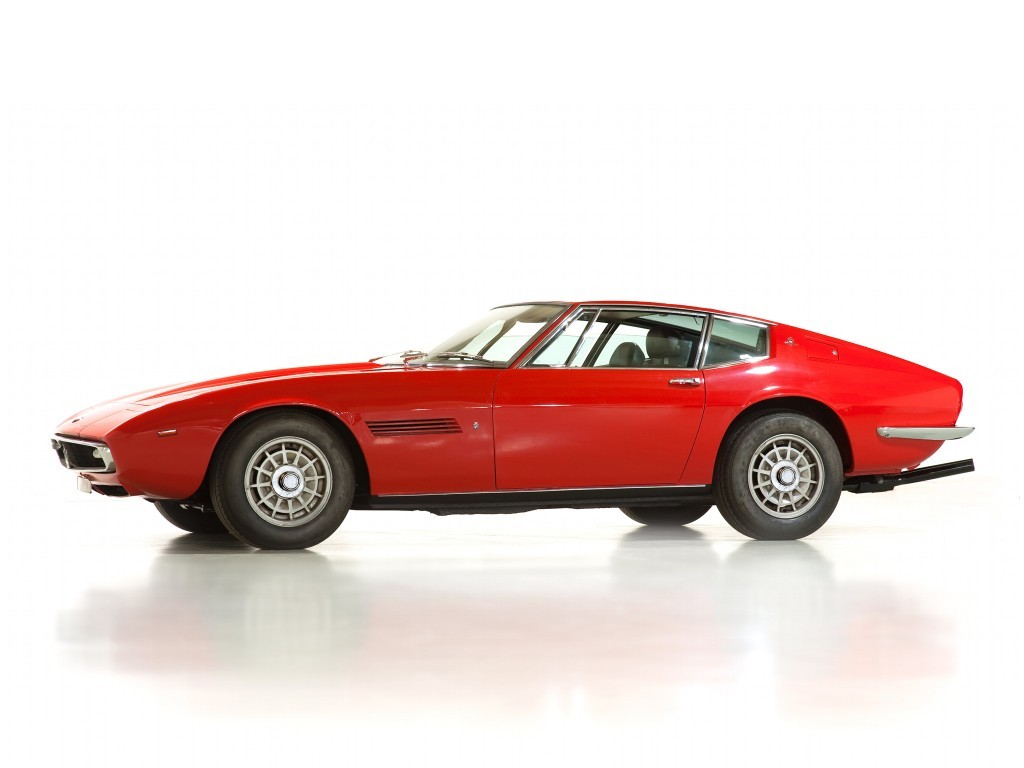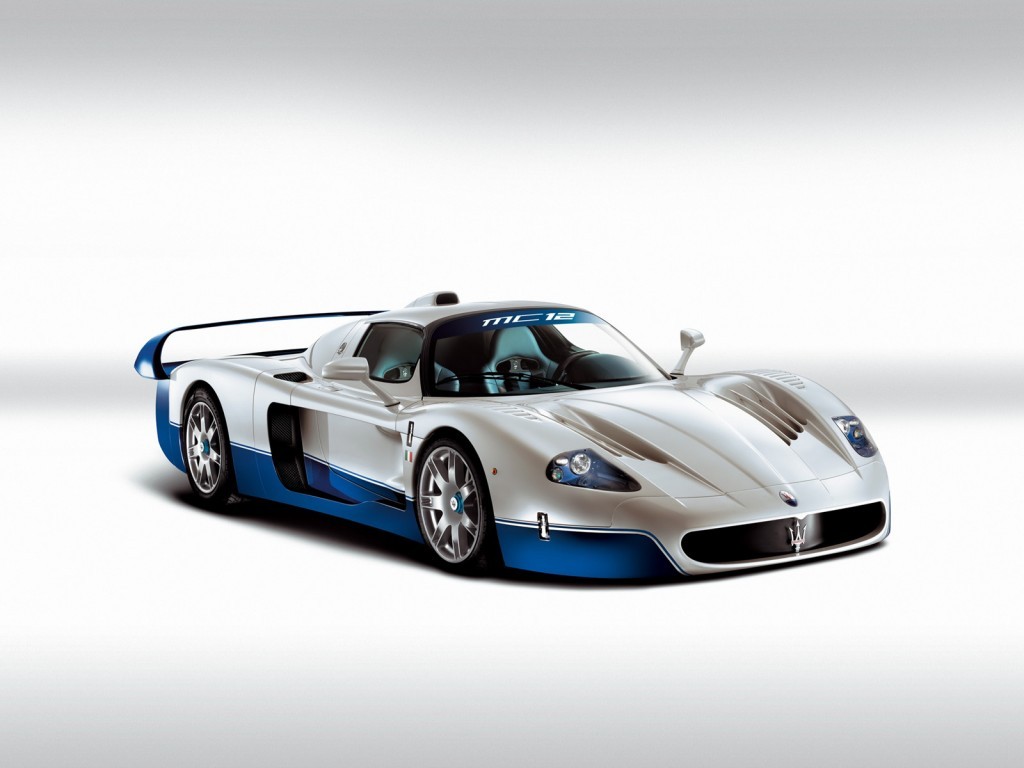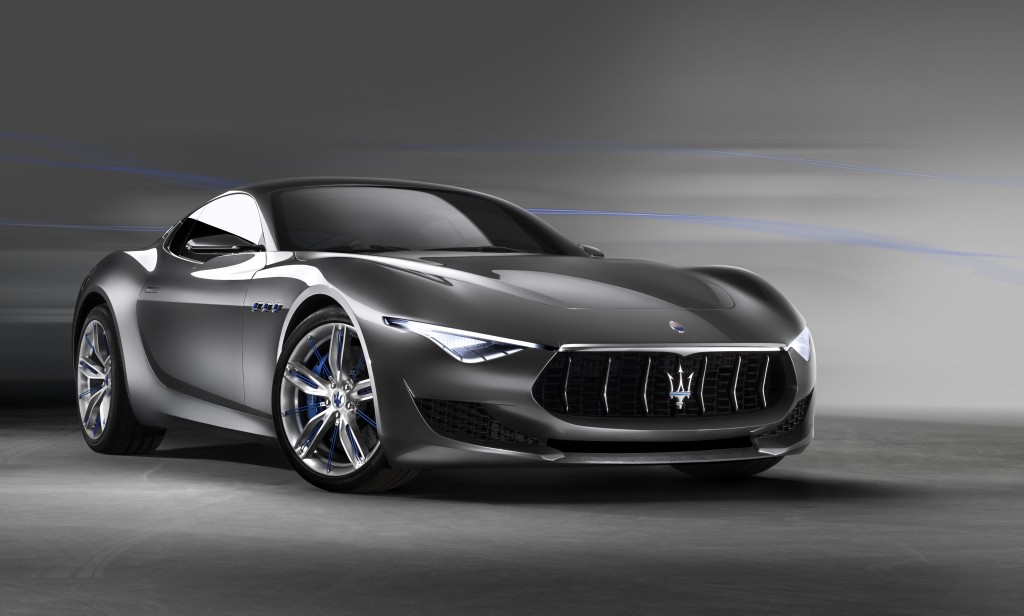Look back: 100 years of Maserati
With the recent release of details for the forthcoming Maserati Grecale SUV we thought we’d look back on a previous feature that Will wrote about 100 years of the Marque…
The last decade had already seen various automotive milestones; the Porsche 911 celebrated 50 years of production in 2013, while the Jaguar E-type marked half a century since its inception in 2011. Maserati, however, marked one significant date in its calendar in 2014: its centenary.
It’s not very often that we see any car manufacturer celebrate 100 years of business, let alone a high-end marque like Maserati that has to deal with high production costs to meet the demands of its sophisticated customer base.
Spanning through several eras of history, here is the story of Maserati.
Brotherly beginnings
Created in war time, the tale starts with Alfierei Maserati and his brothers Ettore and Ernesto going at it alone in the automotive industry, where together they found the Societa Anonima Officine Alfieri Maserati in Bologna, a car garage with an attached workshop.
Following the end of The Great War and Alfieri and Ettore’s enlistment, the Maserati brothers are reunited and begin plans for the company’s first ever vehicle, while another brother, Mario, is commissioned to design the firm’s logo. Taking influence from Bologna’s statue of Neptune in Piazza Maggiore, Mario creates the Maserati trident, a symbol of strength and vigour, in the city’s iconic red and blue.
Type 26: the first Maserati
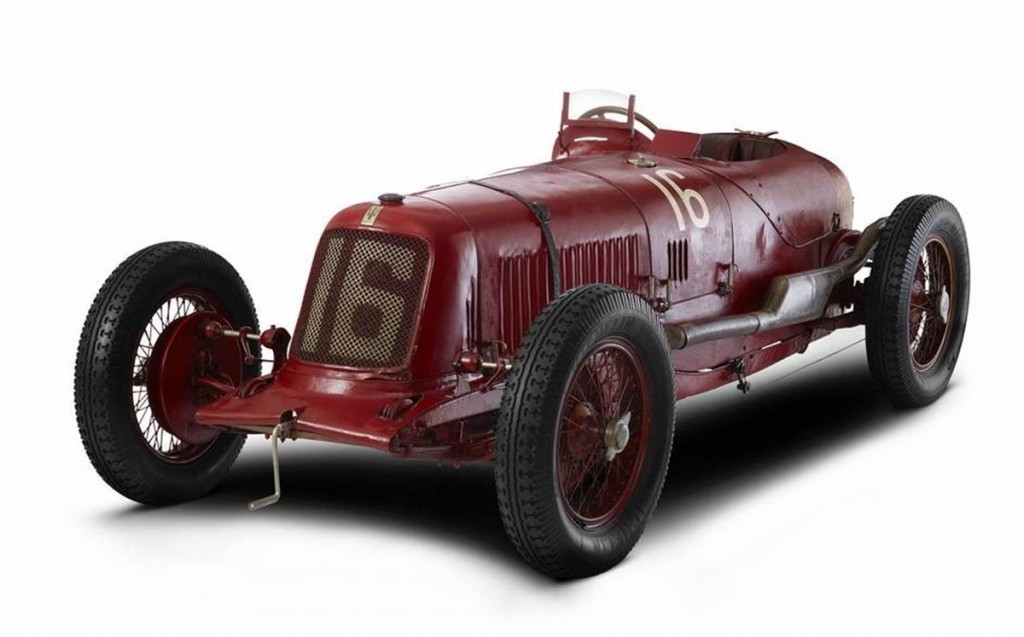
After working on a number of other vehicles, Alfieri finally makes his dreams a reality and puts the Maserati name on his own creation: the Tipo 26 (Type 26). An evolution of the Diatto GP 8C, the 1926 car is named after the year of its first racing debut that saw it win its class and come eighth overall at the Targa Florio with Alfieri at the wheel. The Tipo 26 was powered by a supercharged 1.5-litre inline-8 that produced a now modest 120bhp through a three-speed manual; a top speed of 112mph was achievable, while its structure saw an aluminium body cover a steel frame.
June 1926 sees the Tipo 26 in action once more, this time in its home town at the Speed Kilometre of Bologna; Ernesto takes the wheel this time and takes the car to a speed of 104mph (167kph) and takes the car’s maiden outright victory. Such success sees Maserati as a company begin to sell vehicles for the first time, with the Tipo 26 going out to private racers. Less than a year later, however, sees Alfieri lose a kidney in a crash during a race in Sicily.
September 1929 has the Maserati fortunes return to normal after setting its first world record. The company’s new V4 model powered by a colossal 16-cylinder engine finishes the Ten Kilometre Race at an average speed of 153mph (246.069kph) and was a record that stood until the end of 1937.
The death of Alfieri and new horizons
The 1930s didn’t start particularly well for the Maserati family, with senior brother and company founder Alfieri passing away in 1932 after complications during an operation to save his last remaining liver. Ernesto, Ettore and Bindo all carry on with the company, but in 1937 sell the whole firm to Italian magnate Adolfo Orsi who allows the brothers total technical control over and merely acts as the one to balance the finances and sort out the dirty work.
The Geneva motor show in 1946 is used to show Maserati’s progress as a car manufacturer and reveal to the world its first non-racing car, the Maserati A6; the ‘A’ in reference to the lost Alfieri and the 6 to the amount of cylinders. However, tired with the industrial mentality of what Maserati was becoming, all three brothers left the company in the same year and started a new company, Orsca, which focused on the design, development and construction of race cars.
Formula 1 began to emerge in the 1950s, with Maserati there from the start and played a masterstroke in hiring Argentinean driver Juan Manuel Fangio, who, in the famous Maserati 250F, sees immediate victory at both the Argentinean and Spa Grand Prix.
Road car focus
After retiring from factory racing participation following the tragedy during the 1957 Mille Miglia, Maserati switched its eyes solely to road cars, with chief engineer creating the iconic 3500 2+2 coupe which featured and all aluminium body.
Numerous models followed, including the lightweight Mistral, four-door Quattroporte and V8-powered Ghibli (below) which put Maserati in the thick of luxury car development and manufacturing. Another ownership change in 1968 saw Orsi stay on as president, but overall ownership handed over to French manufacturer Citroen, where Maserati began to borrow components and engines to help keep costs down. The Maserati Indy and Bora emerged following this change, with the latter becoming the firm’s first mass produced car.
The partnership didn’t last, however, and in 1975, Citroen went bankrupt and so did Maserati as a result. Former racing driver Alejandro de Tomaso had his motorcycle company buy out Maserati and install him as the man in charge, with this new era see the firm favour front-engined layouts over the traditional mid-engined arrangements and saw cars such as the beefy and aggressive Biturbo emerge.
Rivals become partners and looking to the future
As Maserati entered the 1990s, it witnessed yet another ownership change, this time being put in the hands of Fiat and therefore in the same company of manufacturers as rivals Ferrari. The Maranello firm is eventually given full control by Fiat in 1999 and sees Maserati attempt to modernise its cars, with the 3200 GT’s inception as a result. Powered by a twin-turbocharged V8, the coupe produced 370bhp and had a top speed of 177mph before being replaced by the Maserati Spyder and Coupe in 2002.
The four-door Quattroporte also got a major overhaul, while a truly landmark car for Maserati in the 2000s sees the Ferrari Enzo-derived MC12 (below) be produced after the firm looks to enter into the FIA GT Championship. The radical supercar borrows the 6.0-litre V12 from the Ferrari equivalent, while its foundations are also heavily based upon the Enzo.
Maserati was partnered with Alfa Romeo in the big Fiat reshuffle of 2005, and in 2007, created the GranTurismo 2+2 sports car that really gave the manufacturer a boost and also a car to truly compete with its contemporaries. The last few years has seen Maserati establish itself further in new markets, with the latest Quattroporte taking on the likes of the Mercedes S-class and the Ghibli be reintroduced as a compact four-door luxury saloon, with both models offering diesel options for the first time.
Maserati announced that 2014 would be the last year of production for the GranTurismo, with the sensational Alfieri (below) concept revealed early in the year as its successor which will go on sale in 2016 and target the likes of the Mercedes-AMG GT and Jaguar F-type.


